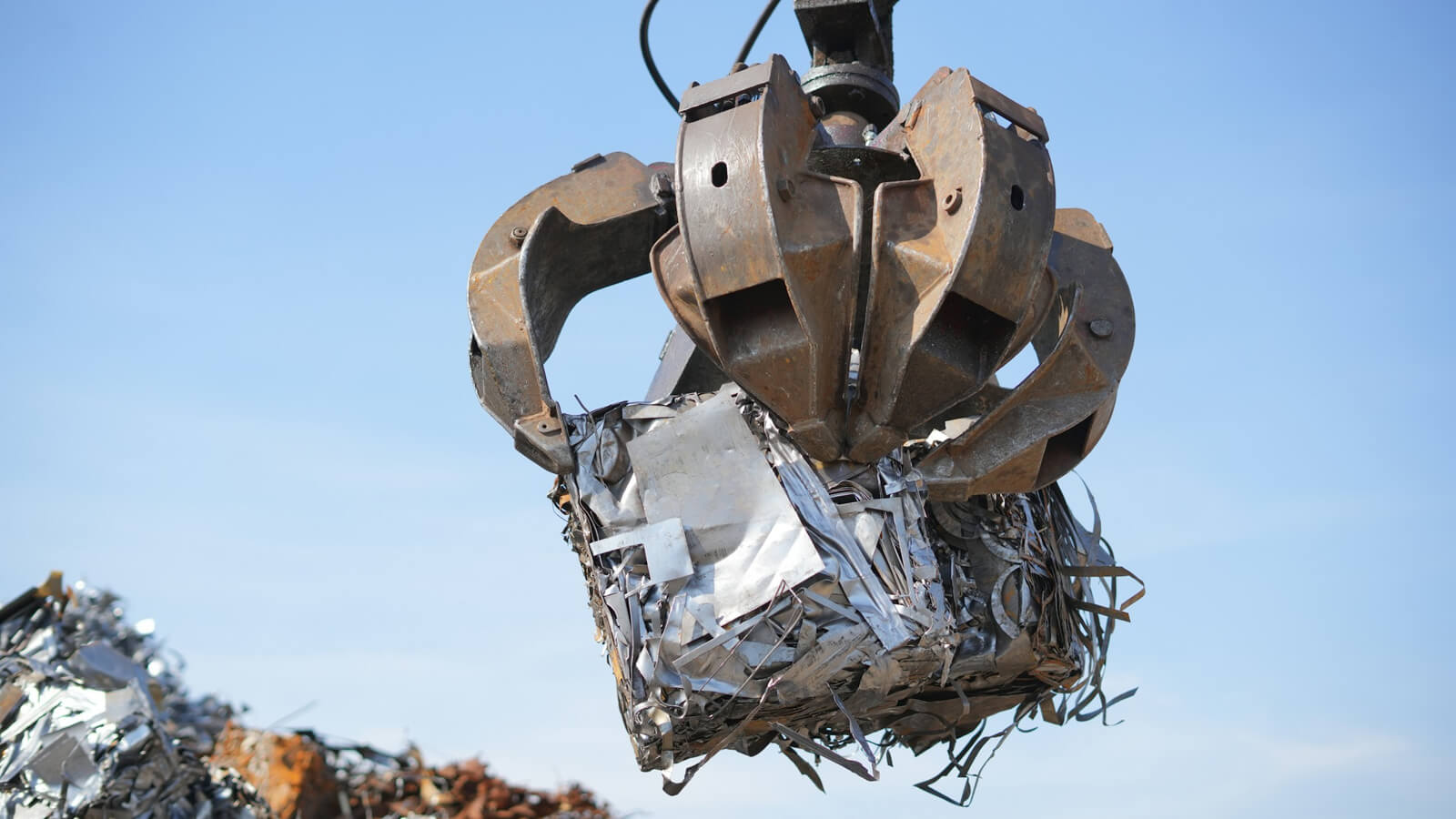
Neodymium magnet recycling: How to recover rare earth elements in the era of sustainable production (2025)
Rising raw material costs and environmental pressure make neodymium magnet (NdFeB) recycling one of the most important industrial directions of 2025. These magnets, used in electric vehicle motors, wind turbines, electronics and automation systems, contain valuable rare earth elements such as neodymium, praseodymium, dysprosium and terbium. With global demand for REEs increasing by over 15% annually, material recovery is becoming both an economic and environmental necessity.
Neodymium magnet recycling is part of the Critical Raw Materials Act – the EU’s strategic plan for supply chain security. According to the European Commission, by 2030, at least 25% of critical raw materials must come from recycling. Modern recovery methods make it possible to recover up to 90% of REEs from end-of-life products, reducing CO₂ emissions and dependence on Chinese imports.
Why REE recycling is crucial in 2025
In August 2025, China once again restricted the export of rare earth metals, increasing REE prices by 20–30%. This pushed European countries to invest heavily in domestic recycling to reduce reliance on Chinese supply chains. Without such initiatives, Europe could face an annual REE deficit of up to 60,000 tonnes by 2030.
The benefits of recycling are environmental, economic and strategic. Mining REEs emits up to 1000 times more CO₂ than recycling, and energy use can be reduced by up to 50%. Magnet recovery supports green technologies and strengthens Europe’s energy independence.
Modern methods of NdFeB magnet recycling
The recycling process includes collection, demagnetisation, separation, purification and reuse of REEs. In 2025, the most common technologies are hydrometallurgical, electrochemical and HPMS (Hydrogen Processing of Magnet Scrap).
In Europe, initiatives such as LIFE INSPIREE and the French REE Recycling Pilot Line (2025) prove that large-scale recycling is feasible. Electrochemical methods that directly recover REE alloys into new magnets are also gaining popularity.
Challenges and barriers in REE recycling
Despite rapid progress, only 1–5% of global REE supply currently comes from recycling. Technical challenges include the fragility and oxidation of NdFeB magnets, complex disassembly processes, and high initial costs. There is also a lack of coordinated collection infrastructure across the EU.
The European Commission is addressing these barriers through new waste codes for permanent magnets and financial incentives for automation. Artificial intelligence (AI) systems for sorting and identifying REE-containing waste are becoming standard in recycling facilities.
Examples of implementation in 2025
The future of recycling – towards 2030 and beyond
By 2036, recycling could provide 10% of the global REE supply. Automation and AI will enhance sorting and processing efficiency. Collaboration between the e-waste and magnet industries will pave the way for a fully circular supply chain.
Neodymium magnets are at the heart of modern technology—from electric vehicles to wind turbines. Their recovery and reuse will remain one of the key pillars of Europe’s sustainable and secure future.
Source:
- Neodymium Magnet Recycling: Securing Rare Earth Supply for a Sustainable Future
- McKinsey – Circular rare earth elements in the energy transition
- LIFE INSPIREE – Mining for valuable metals in our waste (2025)
- Reuters – Recycling pioneers race to close the rare earths scrap gap (2025)
- ACS – Zaps of electricity quickly recycle rare earth metals from magnets
- Recycling Today – The need for rare earth circularity
- CNBC – The West is recycling rare earths to escape China's grip (2025)
- IDTechEx – Rare Earth Magnets 2026–2036: Technologies, Supply, Markets
- Resource Recycling – Companies set to boost US rare earth magnet recycling
- IEEE Spectrum – Flash Joule Heating Recovers Rare Earth Minerals Better
- ScienceDirect – Overview of NdFeB magnets recycling technologies
- Innovation News Network – France launches first rare earth magnet recycling pilot
- RSC – Recent progress in electrochemical recycling of waste NdFeB magnets
- DirectIndustry – EU Researchers Call for Guidelines on Industrial Magnet Recycling
- Okon Recycling – Challenges in recycling rare earth magnets
- ScienceDirect – Barriers to recycling critical raw materials
- Science Business – The ecosystem of rare earth magnet recycling
- EIT RawMaterials Summit – Policy and regulations for a viable magnet recycling industry
- Apple Newsroom – Apple expands U.S. supply chain with $500 million recycling investment
- DW – German town of Bitterfeld leads EU rare earth recycling push
Tags:
niedziela 2025-08-17T13:00:00

